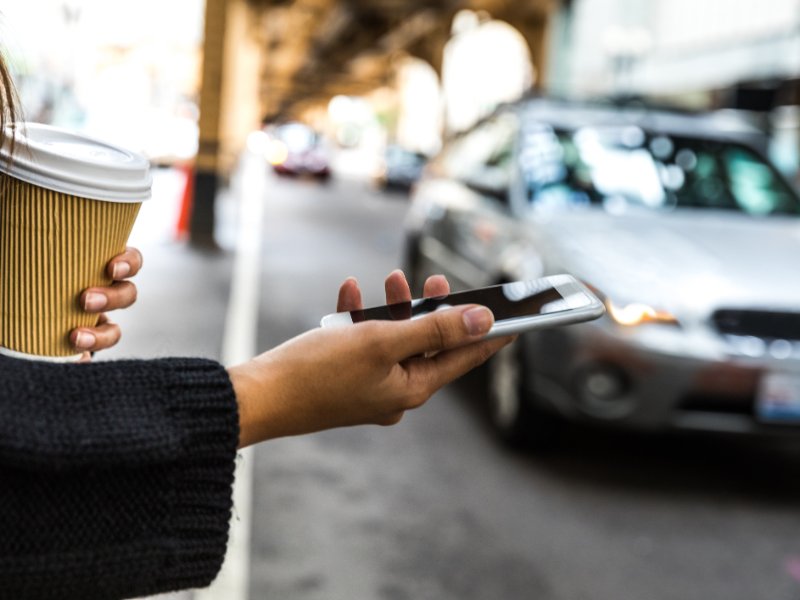Rideshares such as Uber or Lyft have transformed transportation for many people. The convenience of calling a car on a mobile phone has shifted the way people travel from one location to another. Rideshare services have made transportation more efficient by scheduling car rides in advance, eliminating the need to park a car in busy city centers, and adding stops on the way for carpooling with others. At the same time, Uber and Lyft have become depended on by many as the method of transportation for when people have been drinking or plan to be drinking.
Using Uber or Lyft While Drinking
As people rely on Uber and Lyft as a sober ride home after drinking, people reasonably expect to have a safe driver to get them to their destination. However, the unfortunate reality is that rideshare drivers across the U.S. have taken advantage of drunk passengers. In recent years, there have been several thousands of sexual assault claims against Uber drivers. The rideshare sexual assault attorneys at Estey & Bomberger share that due to inadequate background checks on Uber drivers, the number of sexual assault cases are on the rise.
Safety Tips For Riding in an Uber or Lyft
Whether you have been drinking or not, it is always important to be cautious and aware of your safety when riding in an Uber or Lyft. The following six safety tips can help keep you safe when using a rideshare service.
- Know the car. Before heading to the street, be sure you know the car you ordered and the license plate number. When your car has arrived, double check that the car license plate and name of driver is correct and matches the information on the app.
- Tell a friend or family member when starting a ride. If you are riding in an Uber or Lyft alone, a smart precautionary measure is to tell a friend or family member when you have gotten into your ride. Letting someone else know you have started a ride can help them be aware of where you are, the status of your ride, and allow them to check in on your safety if anything suspicious has happened.
- Sit in the back seat. Especially when getting in an Uber or Lyft alone, the best safety practice is to ride in the back seat. Countless cases of sexual assault have occurred to victims riding in the front passenger seat including many reports from female riders of unwanted groping, touching, and sexual abuse.
- Wear a seatbelt. Wearing a seatbelt is one of the easiest ways to keep yourself safe in the event of a car accident. Not only is it against the law (in nearly every state) to not wear a seatbelt, they can truly be a contributing factor to life or death in a serious car accident. The experienced car accident attorneys at Cannon & Dunphy S.C. have handled Uber and Lyft car accident cases and explain that the most common causes of injury in accidents involve speeding and not wearing a seatbelt plays a large role in the severity of injury.
- Make sure the driver is on the correct route. When you are in an Uber or Lyft ride, pay attention to the map to make sure your driver is following the correct route. Staying aware of where you are on the road and the route that the driver is taking is important to keep track of to ensure you are heading to the right destination.
- Do not share personal information with the driver. While many Uber drivers will try to start a conversation with passengers, it is important to remember to never share personal information with the driver. This is especially important when it comes to your phone number, house number or apartment unit, or whether you live alone. Letting a rideshare driver find out your personal information can allow them to find ways to take advantage of you, for example if they find out they are dropping off a passenger who lives alone.




No Comment